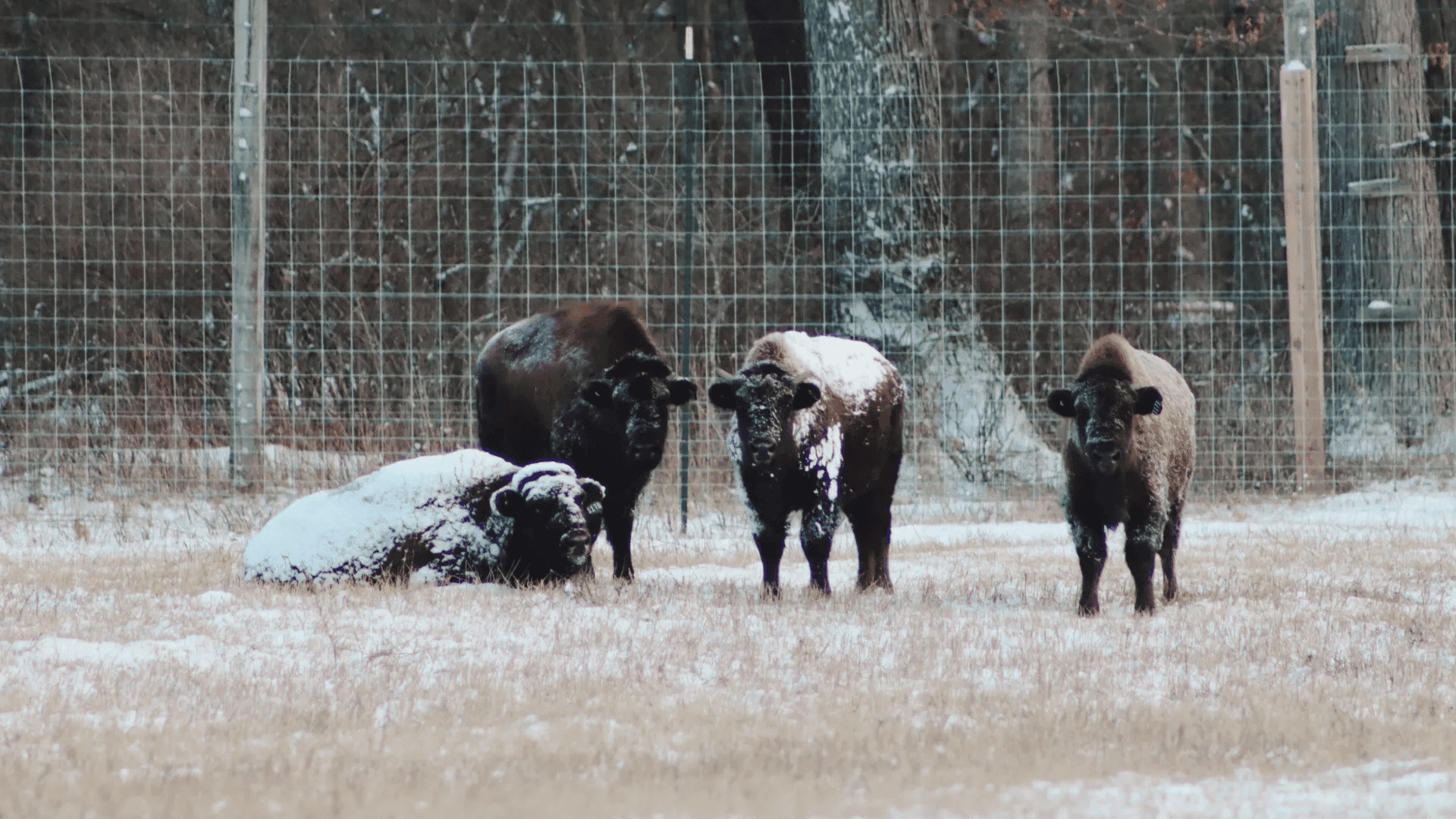The Pittsburgh Zoo & Aquarium’s International Conservation Center (ICC) in Somerset has recently introduced one of North America’s most iconic species, the American Bison.

In December, four bison—one male and three females—arrived at the ICC. Born this past summer and currently around eight months old, the bison were brought to the Zoo through a collaboration with American Prairie, a nature reserve in Central Montana.
“This marks the beginning of an exciting breeding and reintroduction initiative that aims to restore bison to their native lands across the United States,” said ICC Director Ayeshah Al-Humaidhi. “This herd will also offer valuable training opportunities for animal care managers at zoological institutions and our Native American partners.”
Both the Pittsburgh Zoo and American Prairie are part of the Association of Zoos & Aquariums’ (AZA) Bison Saving Animals from Extinction (SAFE) program, an initiative created to combine the resources of AZA facilities across North America with key partners to recover bison and restore their natural habitats.
Bison, otherwise known as buffalo, are the largest land animals in North America and America’s official mammal. Due to hunting and habitat loss, the species has declined from millions to just over one thousand.
Most bison today are genetically mixed with cattle, so this program focuses on the most genetically pure bison and manages genetic diversity to ensure the health of their herds. For example, routine DNA testing and introducing bison with diverse genetics help maintain high genetic integrity and ensure the species’ long-term success.
“We are excited to collaborate with the ICC and contribute to this vital program aimed at growing bison populations across North America,” said Scott Heidebrink, Director of Landscape Stewardship at American Prairie. “After spending 20 years restoring bison to their native prairie home, we are eager to see these iconic mammals return to the landscape.”
Conservation efforts such as those by American Prairie are allowing bison to be slowly reintroduced into the wild. The new bison residents will serve as ambassadors for their species at the ICC, educating visitors about habitat conservation and their role as a keystone species.







